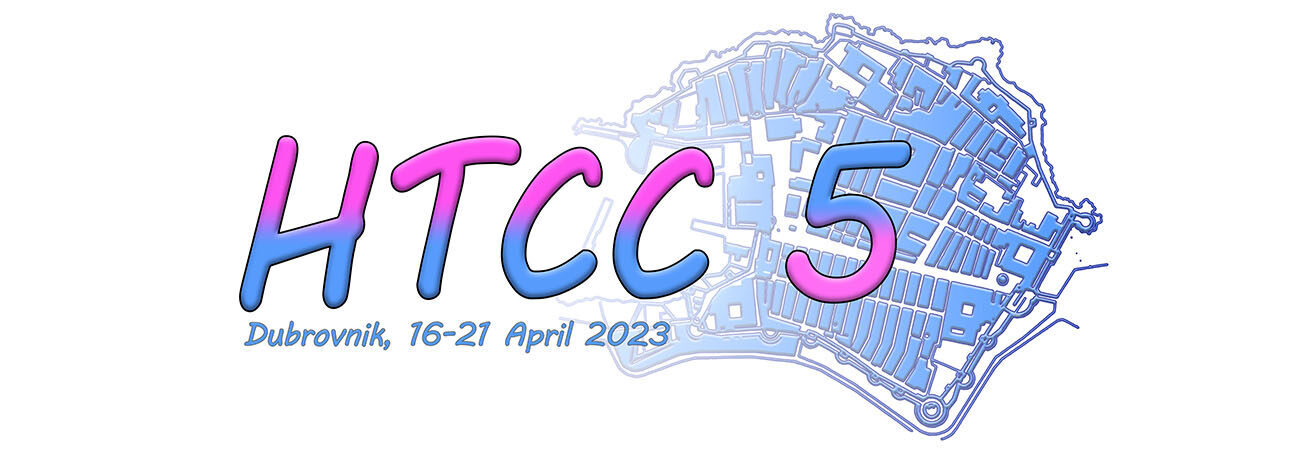HT2: Processing
L1 (Lecture): Fundamentals of Macromolecular Crystallography
Edward Lowe
Department of Biochemistry
University of Oxford
Oxford, UK
Crystal -> Space groups -> Diffraction -> Phase problem -> Model building -> Refinement
Protein crystallography is a powerful technique for the determination of the structures of biological macromolecules at atomic or near-atomic resolution. Once crystals of a protein of interest have been obtained and harvested the X-ray crystallography experiment consists of a number of stages, each of which has a substantial theoretical underpinning. This lecture will briefly introduce each of these stages along with their underlying theory and will aim to set the stage for more detailed treatments of several of the featured subjects later in the conference. We will introduce the concepts of diffraction, symmetry and the phase problem and will briefly discuss some of the methods used to collect diffraction data, solve the phase problem and build molecular models.
Recommended Reading:
Rupp, B. Biomolecular Crystallography: Principles, Practice, and Application to Structural Biology 2009. Garland Science. 809 pages
